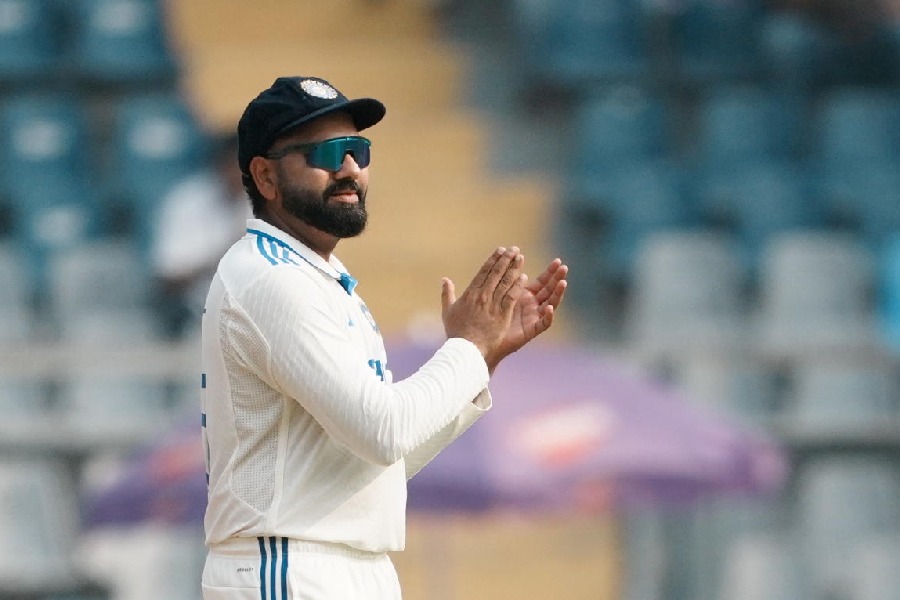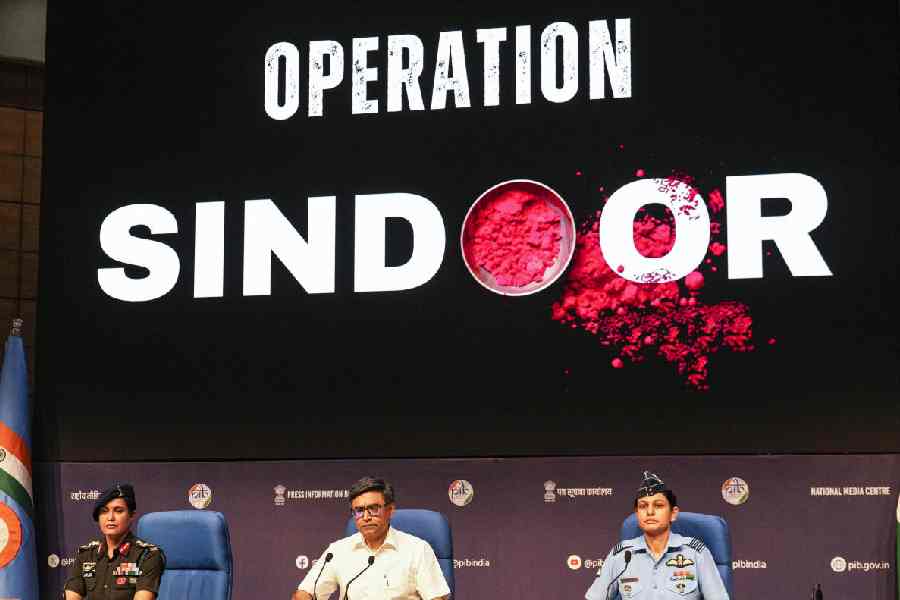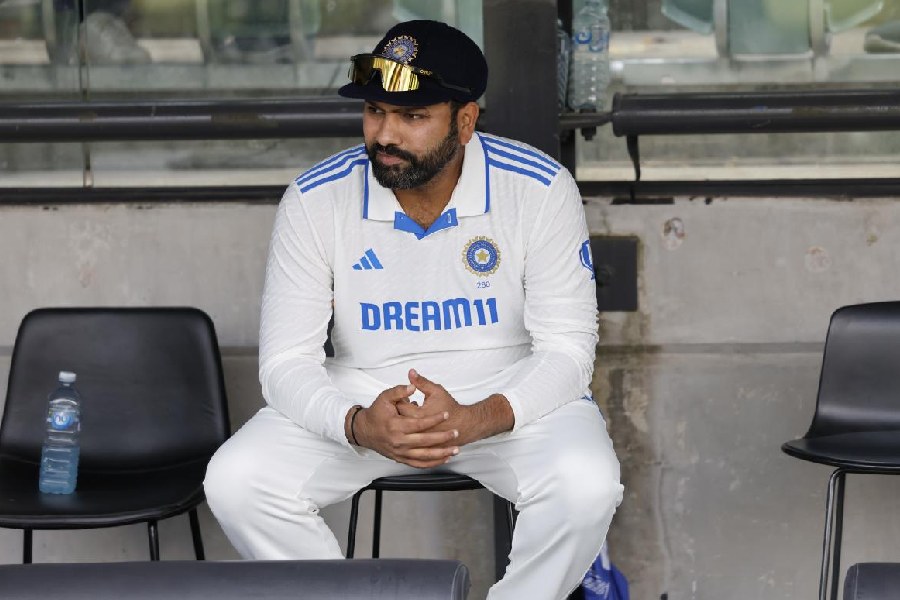 |
Bollywood recognized disability to be a profitable subject for a Hindi film only after Sanjay Leela Bhansali made Black in 2005. This was long after sensitive films like Koshish (1972) had been made and films like Khamoshi (1996) had romanticized disability. What Black gave the disabled protagonist of a Hindi film was glamour. A blind and deaf-mute Rani Mukerji, clad in black and silhouetted in exquisite light, moving unsteadily and flailing her arms, was endearingly new to the Indian audience. What one immediately felt seeing her on screen was something different from ‘sympathy’. Her childlike rage or confusion was nothing short of cute.
But Rani Mukerji being blind and deaf-mute in Black did not just help her character to acquire charm. Her condition was also a crucial element in the plot. Had she been able to see and hear, there would have been no Amitabh Bachchan arriving to educate her, no strange struggles between teacher and student, no crazy games played by the two, and, in effect, no story at all. Bhansali used the vision of a deaf, mute and blind girl trying to get an education to churn out the plot of his film. Had it been the simple affair of a regular teacher and his regular student, the story would have had to be a lot stronger to generate the drama required to make a Bollywood film successful.
The portrayal of a disabled central character is often a convenient short cut for directors. Sometimes, characters are given a disability or disease simply to draw sympathy. Only a few years back, Iqbal — a film about a deaf boy aspiring to be a cricketer — had many people sitting up and taking notice. But if one could go beyond the appeal of the screenplay, and the empathy with which the character is shown, one might realize that Iqbal’s being deaf hardly contributed anything to the plot of the film. Perhaps the director’s aim was to show that the disability of his protagonist strengthened his resolve to succeed. But even this justification seems weak, since the principal factor impeding Iqbal’s success in cricket appeared to be financial.
A similar, and simpler, example would be Karan Johar’s My Name is Khan. Here, Shah Rukh Khan tries to make autism look attractive. But despite his efforts, the plot dwells on the arousal of compassion for his character, and Johar may have banked on it too for box-office success.
There is, indeed, nothing as comforting as watching someone else suffer and feeling distraught on someone else’s behalf — cherishing the emotions released by watching helpless pain — without having to actually feel that pain oneself. It is all the more comforting when that someone else is a character in a film, which we know in our hearts is not ‘real’. Pasolini, in all his films, and especially in Salò, played with this sense of a distance. He kept on stretching the suffering on screen, to a point of no return and no salvation, so that the consolation of distance turns first into discomfort and then into despair. But directors of mainstream commercial cinema cannot dare to, or afford to, go into such dangerous experiments.It is important for them to make the protagonist suffer moderately owing to disease and disability, and to make sure that the character defeats this suffering and achieves salvation.
Disability provides an easy excuse to the standard Bollywood director to portray the protagonist as an underdog so that the story of his or her victory can create a sense of elation and triumph. In Khamoshi, things were as simple as this. Even Black, in which the director toyed with a bit of complexity, ultimately succumbed to the tried-and-tested solution of the ‘thirst for life’ defeating disability. After Black, a series of Hindi films have used this formula — trying out a number of diseases and infirmities, from deafness to autism to something as rare as progeria or premature ageing.
Hollywood directors, too, have used a similar formula, and from much earlier on. The 1996 film, Beyond Silence, has a lot in common with Khamoshi. And the 1986 film, Children of a Lesser God, will be immediately remembered after one has watched Black. But then, American film-makers have also made films like Rain Man, where the phrase, differently abled, stops being just a phrase. There have also been films like The Elephant Man and I Don’t Want to Talk About It that have allowed their disabled protagonists to reject the sympathy of the audience and the glory of an underdog’s triumph in order to carve out their unique ways of living a different life and telling a different story.
Now and then, a Hindi film too tries to tread a different path. Koshish, for example, was initially not about the difficulties of two deaf people, but about how to communicate without words. Disability, in this case, was an advantage provided by the story to its characters so that they could create a magical world of speechless love. Society, however, had to interfere and make the lovers realize that they were ‘disabled’. In spite of this, the film, till the end, was not about how the two suffered and overcame their suffering, but about how they were perfectly happy in their silent life together before society became jealous of their happiness. Sadma gave its audience a similar experience. The protagonist, Reshmi, though not disabled, lost both her memory and intelligence in an accident. Her idyllic relationship with a perfect stranger was made possible only by her condition. Once she regained her natural abilities, she left that temporary idyll to go back to the ‘real world’, destroying a perfect romance forever.
Whenever a film is based on a disabled, or differently abled, character, it is important to make the portrayal authentic. The audience has to be convinced of the character’s misfortune. But Bollywood directors know that it is as important to maintain a safe distance from the day-to-day reality of a disabled person in the pristine world of a Bollywood film. A veil of subtle charm makes disability saleable to the empathy-loving audience that is easily thrilled by strangeness. From Koshish to Barfi, this rule holds good.
What this celluloid compassion ignores is the fact that the audience is not a homogeneous entity. How do differently abled people feel when they watch Bollywood films made about them? It is reassuring to think that they are gratified. And it would be really awkward if the truth were otherwise.
Bollywood’s hope for an Oscar has surfaced once again with Barfi — a film about a deaf-mute boy in love first with a normal woman and then with an autistic one. The choice he makes in the end between the two is interesting. Does he choose between a dream and a reality? Or between two realities? And why does he choose what he chooses? The romantic makeover has been done with finesse in Barfi; it reflects the director’s intelligence. But what the film offers its audience is still that comfort zone — a soft and serene melancholic aura, a little lump in the throat. Barfi’s physical limitation made him reach out through gestures, in a simple yet intense way, and freed his character of the complication and pretence created by words. While watching the film, I tried to imagine such traits in a person not constrained by disability. Is such a vision wholly impossible? It might be difficult, though, to move from a familiar normality to a different one without the crutch of disability.











